#Egyptians
Text

2K notes
·
View notes
Photo
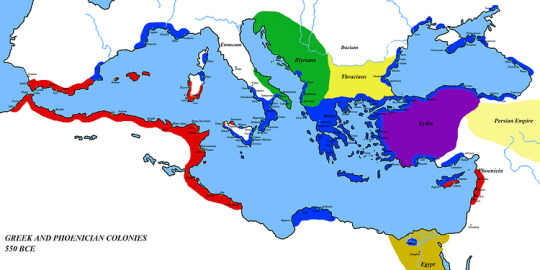
Uat-Ur
Uat-Ur was the ancient Egyptian name for the Mediterranean Sea (also known as Wadj-Wer) and is translated as 'the Great Green'. Uat-Ur was understood as a living entity imbued with the spirit of the divine which, like all other aspects of the natural world, was a gift from the gods.
Uat-Ur was the sea itself, not a god of the sea, but was sometimes pictured as a male with breasts heavy for nurturing and with skin resplendent with the shimmer of rolling waves. Uat-Ur is often shown in company with images of the Nile River, linking him sympathetically with the 'mother of all men' which was one of the titles the ancient Egyptians gave to the Nile.
Egypt's Insular Culture
The Egyptians were not a great seafaring people. They were as interested in travel to foreign lands as they would have been in an earthquake. To the Egyptians, their land was a perfect world given by the gods, created from the primordial ben-ben upon which Atum first stood when dry land rose from the chaotic swirl of waters at the beginning of time.
Their god of chaos was Set (also known as Seth) who was associated with the lands beyond the boundaries of Egypt's Nile River Valley and who had as his consorts two foreign goddesses, Anat from Mesopotamia (Syria) and Astarte of Phoenicia. It was no coincidence that Set, who eventually came to be seen as the first murderer, was linked to the regions beyond Egypt's borders: the Egyptian culture was fairly xenophobic and distrusted foreigners and their influence.
Uat-Ur, therefore, did not feature prominently in Egyptian literary texts or religious writings. There are no great epics in Egyptian literature mentioning the "wine dark sea" as one finds in Homer of the Greeks. In the story of The Tale of the Shipwrecked Sailor (c. 2000 BCE) the main character is a servant, not a military hero, who is simply going about his master's business of trade when he is shipwrecked on the Island of Punt and meets the Lord of Punt, a gigantic serpent. The servant is not interested in any of the magical and glorious rewards one might find on Punt because he feels that anything he wants is back home in Egypt.
The Lord of Punt finally releases him to go home where he tells his master all that has befallen him. The Tale of the Shipwrecked Sailor perfectly epitomizes Egyptian cultural values as the main character is a common man aware of the concept of ma'at (harmony) and his duty to his social superior. When he reaches the Island of Punt he observes the same protocol he would back in his homeland with the significant difference of refusing to accept the Lord of Punt's offers of generosity. Whatever this foreign lord has to offer him, he knows, cannot compare with what he has left behind in Egypt.
Continue reading...
98 notes
·
View notes
Text

The Destruction of Pharaoh's Army by Philip James de Loutherbourg
#philip james de loutherbourg#philippe jacques de loutherbourg#moses#art#red sea#egypt#pharaoh#army#bible#biblical#exodus#waves#storm#flood#israelites#egyptians#israelite#egyptian#book of exodus#ancient egypt#christianity#skip#clouds#sea#storms#staff#wand#mace
82 notes
·
View notes
Text
Ever wondered why we have 60 minutes in an hour? The origins of our time divisions date back to ancient Sumer, where astronomers’ brilliant sexagesimal number system shaped civilizations for over 5,000 years and impacted mathematics, astronomy, and navigation!
179 notes
·
View notes
Photo
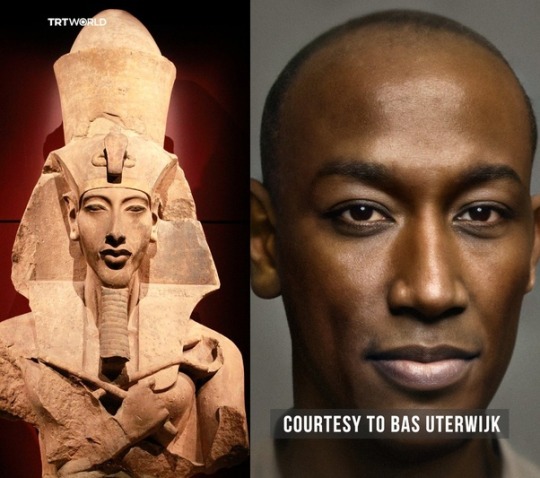
Ancient Egyptians were African. This is a facial reconstruction of King Akhenaten.
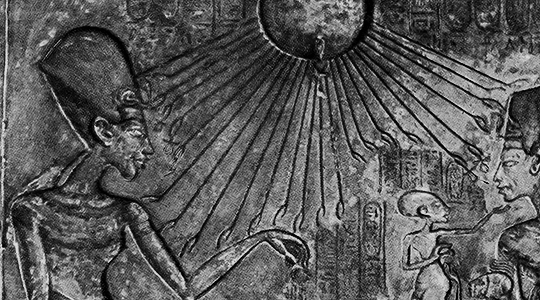
#akhenaten#african#north african#north east africa#north east african#brown skin#brownskin#kemet#ta netjer#egypt#egyptians
333 notes
·
View notes
Photo




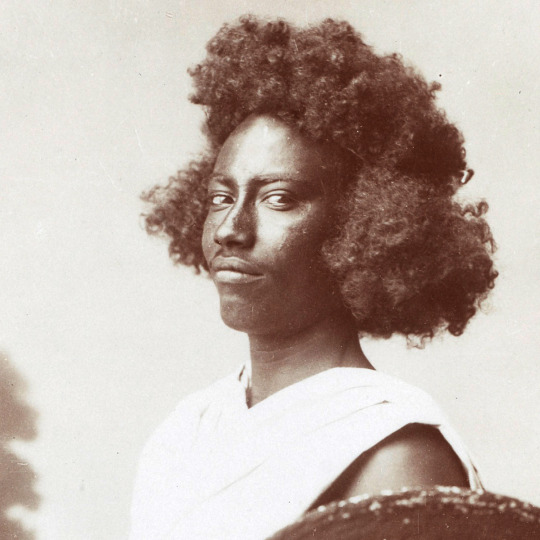

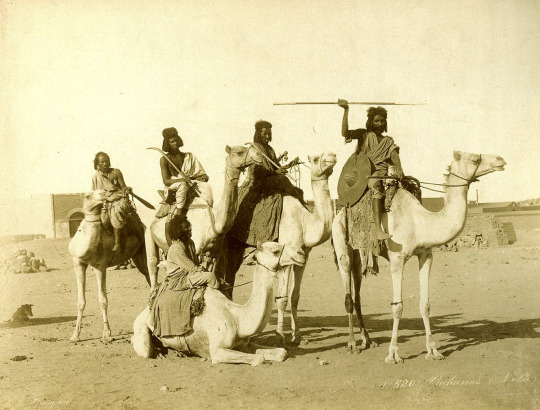
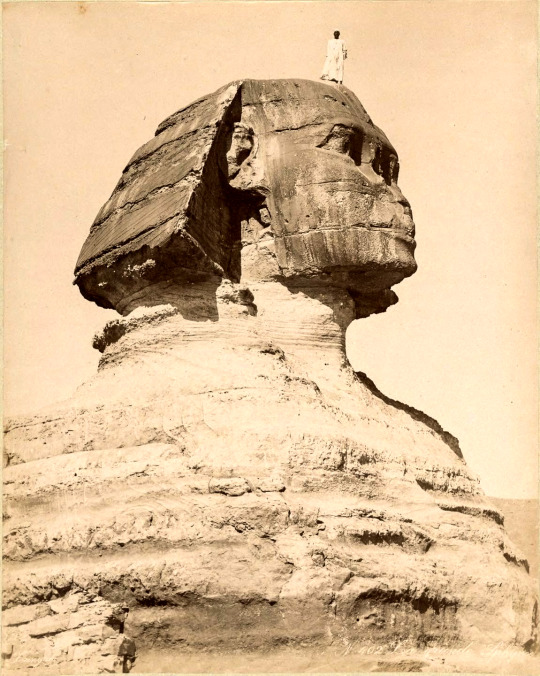


‘Egypt’ by The Zangaki Brothers (1870-1890)
C. and G. Zangaki were two Greek brothers who were active photographers in Egypt from the 1870s to 1890s.
The brothers traveled along the Nile accompanied with a horse-drawn darkroom wagon to document the Egyptian scenery and events.
Images included views of the pyramids, e.g., Cheops or the Sphinx and the cities, e.g., Suez or Alexandria, as well of Egyptians going about their daily lives, a teacher and pupils, men by the Nile, or women at home.
The pictures taken were sold as souvenirs to European tourist.
#egypt#sudan#egyptians#arabs#beja#nubians#giza#sphinx#nile#european travel#tourism#pyramids#photography#1800's#19th century
135 notes
·
View notes
Text
Akhenaten and the guard of his tomb
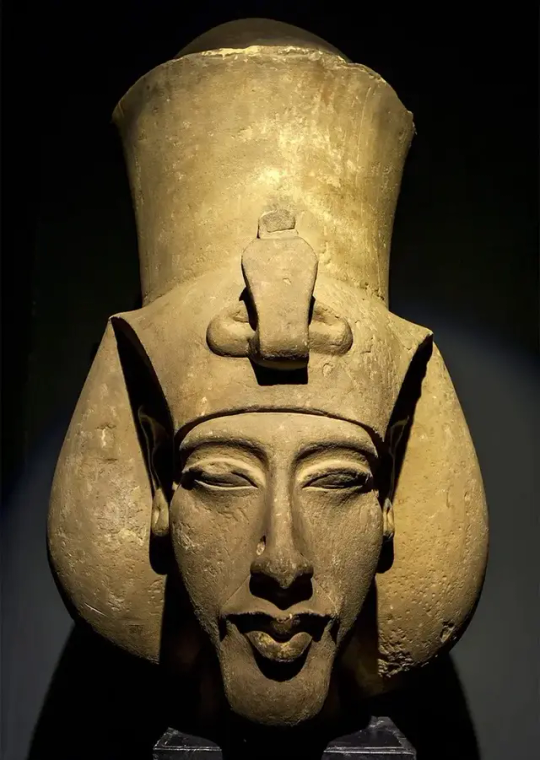

#People are joking that Akhenaten himself decided to guard his tomb#His eyes though#His eyes are beautiful#It doesn't help that Akhenaten is a historic crush of mine#Egypt#Pharaoh#Akhenaten#Egyptians#Kemet
11 notes
·
View notes
Text
Since everyone's talking about the Netflix new black-washed afrocentric Cleopatra documentary,
Let me talk to you about what's been described as "Most historically accurate media production so far", that even Egyptologists use it as a reference for scholars,
The one and only
I give you ...
*drum roll*

ASSASSIN'S CREED: ORIGINS
Surprisingly, the game's timeline goes back to 49 BC.
Whose rulling era?
Yes, Cleopatra's reign.
Ubisoft, the game production company BRAGS about the AC series saying they proudly cooperate with specialists to create their games as historically accurate as possible, specifically Assassin's Creed Origins, it got to the point where they created a "Discovery mode" that allows you to just roam around the ancient cities of Egypt, no killing nor fighting just discovering!

There's this podcast called History Respawned where they hosted an Egyptologist from Harvard university to analyze the game and test it's historical accuracy, he simply said and I quote " Too damn accurate..!"
You can listen to the whole podcast here
A very interesting podcast that addresses many cases such as white-washing and black-washing of ancient Egypt.

Of course, NOTHING is 100% accurate, still has some flaws but it was accurate enough that even they took care of the cloth used by ancient Egyptians to make clothes!
The dyes, colours such as blue,yellow and red, the tools used in agriculture, in battles, the jewelries wore by NPCs everything was presice and accurate.

The game brilliantly succeeded in recreating the daily life in ancient Egypt during the Ptolemy periods, even the geographical features and places was perfectly designed that you may never see it in another western media production.

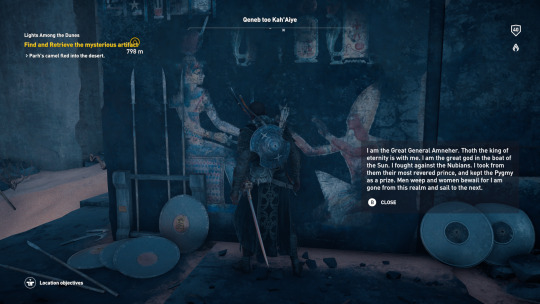

#in the end i would like to add that black washing is real and it's as ugly and racist as white washing#Egypt was#is#and will never be#BLACK!!!#it's Egyptian by the words and proofs of historians#by monuments by genetics in our blood we're Egyptians we're no African Americans or subsaharans#cleopatra#Egypt#games#Egyptians#assassin's Creed#origins#black washing#ban netflix#stop netflix history falsifying#all the screen shots are taken by me from the game#wonderful game
35 notes
·
View notes
Photo

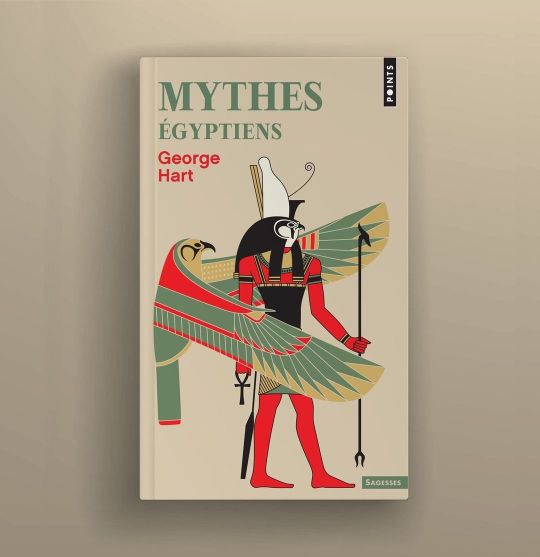
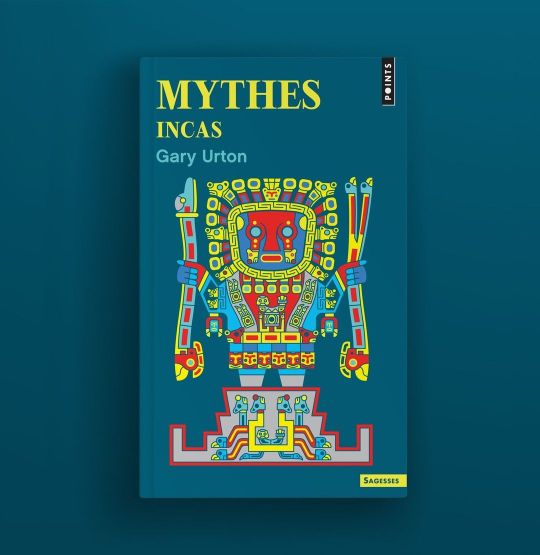
A series of mythological book covers by Yann Legendre for Edition Points.
#yann legendre#debut art#book#book cover#myth#incas#egyptians#greeks#french#illustration#gods#fables
21 notes
·
View notes
Text
ancient Nubians of Egypt

ancient Nubians
56 notes
·
View notes
Text
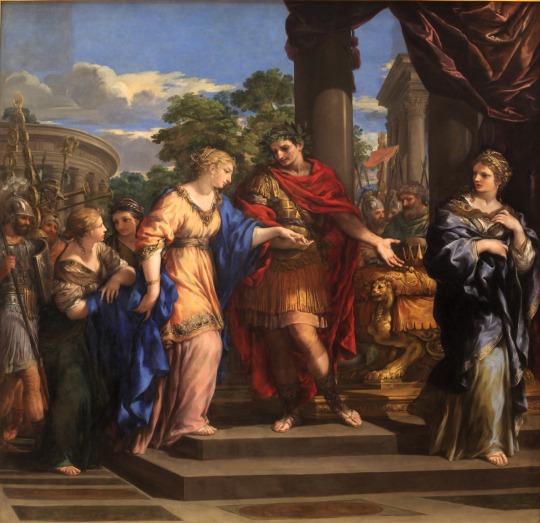
Caesar giving Cleopatra the Throne of Egypt by Pietro da Cortona
#julius caesar#cleopatra#art#arsinoë iv#arsinoe iv of egypt#egypt#throne#rome#ancient rome#ancient egypt#roman#romans#egyptian#egyptians#history#antiquity#pietro da cortona#europe#jules césar#laurel wreath
110 notes
·
View notes
Text
Today, more than ever, we know the importance of good hygiene, but what about our ancestors? From the Sumerians to Victorians, this is how people used to keep it clean.
50 notes
·
View notes
Text

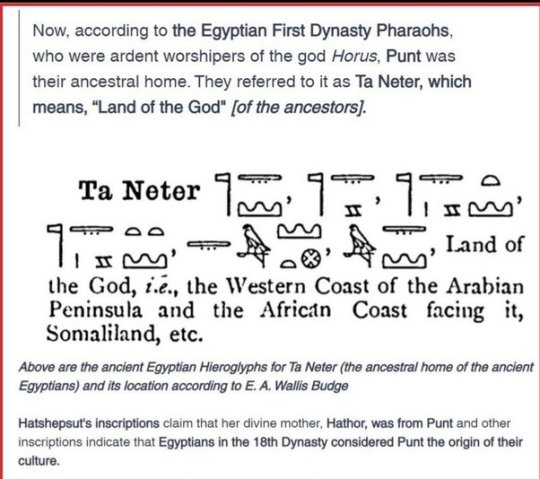
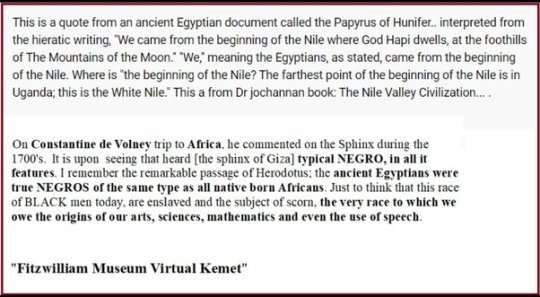




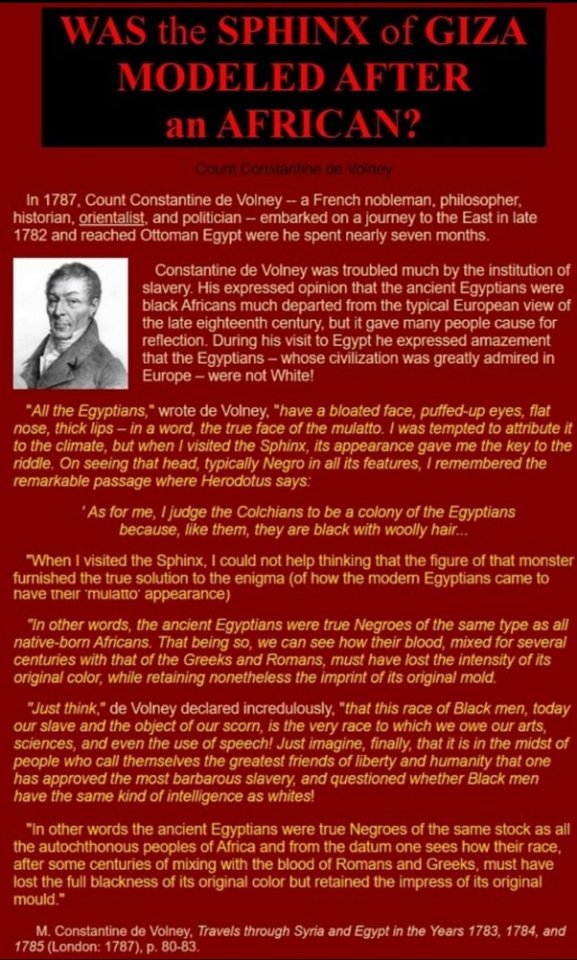

Mountains of the Moon is an ancient term referring to a legendary mountain or mountain range in east Africa at the source of the Nile River. Various identifications have been made in modern times, the Rwenzori Mountains of Uganda and the Democratic Republic of the Congo being the most celebrated.
Eventually, a merchant named Diogenes reported that he had traveled inland from Rhapta in East Africa for twenty-five days and had found the source of the Nile. He reported that it flowed from a group of massive mountains into a series of large lakes. He reported the natives called this range the Mountains of the Moon because of their snowcapped whiteness

When were the Indigenous Egyptians driven out of Egypt?
Many moved South (from where they originated in the first place) to as far as today's Tanzania and beyond, during the Arab conquest of the ancient Egypt and North Africa as a whole — in the 7th century CE; and some kept on gradually moving away to South thereafter, as the number of (modern) Arabs and other newcomers was increasing. A few of them however still remain to this day.
Now from the country being purely inhabited by these African people, to only a few of them remain today, it's amazing to realize how much racism and discrimination they endured for many years, which caused them to flee their motherland!
They originated from sub-Saharan East Africa, from Punt, the Land of the God, at the foothills of the Mountains of the Moon.

A brief history is: the ancient Egypt was inhabited by only these African people up until around the year 332 BCE when the first fair-skinned looking people — Macedonian Greeks started to migrate into the land. These Macedonian Greeks became Copt over 300 years later, in the First century CE. So there were no diverse populations before 332 BCE! The indigenous inhabitants were purely these Africans

#african#constatine de volney#constatine#egyptians#ancient egyptians#ancient kemet#ancient history#egypt#ta meri#kemetic dreams#romans#greeks#colchians#punt#land of the gods#ta netjer#ta neter#somalia
106 notes
·
View notes
Text



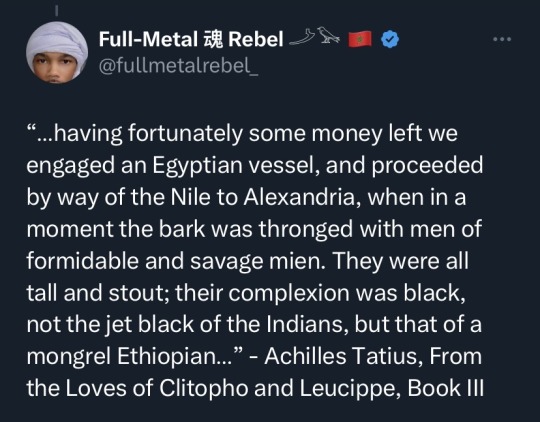


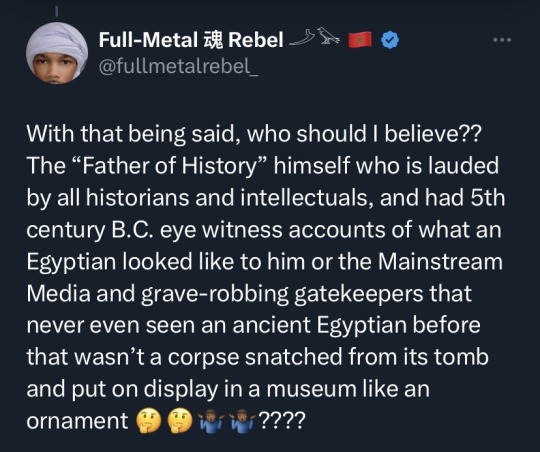
"Ancient Egypt was NOT African" - A Look at Modern Scholars Lack of Intellectual Integrity
#ancient egypt#egypt#egyptians#africa#history#egyptology#mainstream media#blackwashing#whitewashing#herodotus#cleopatra#think for yourselves
54 notes
·
View notes

